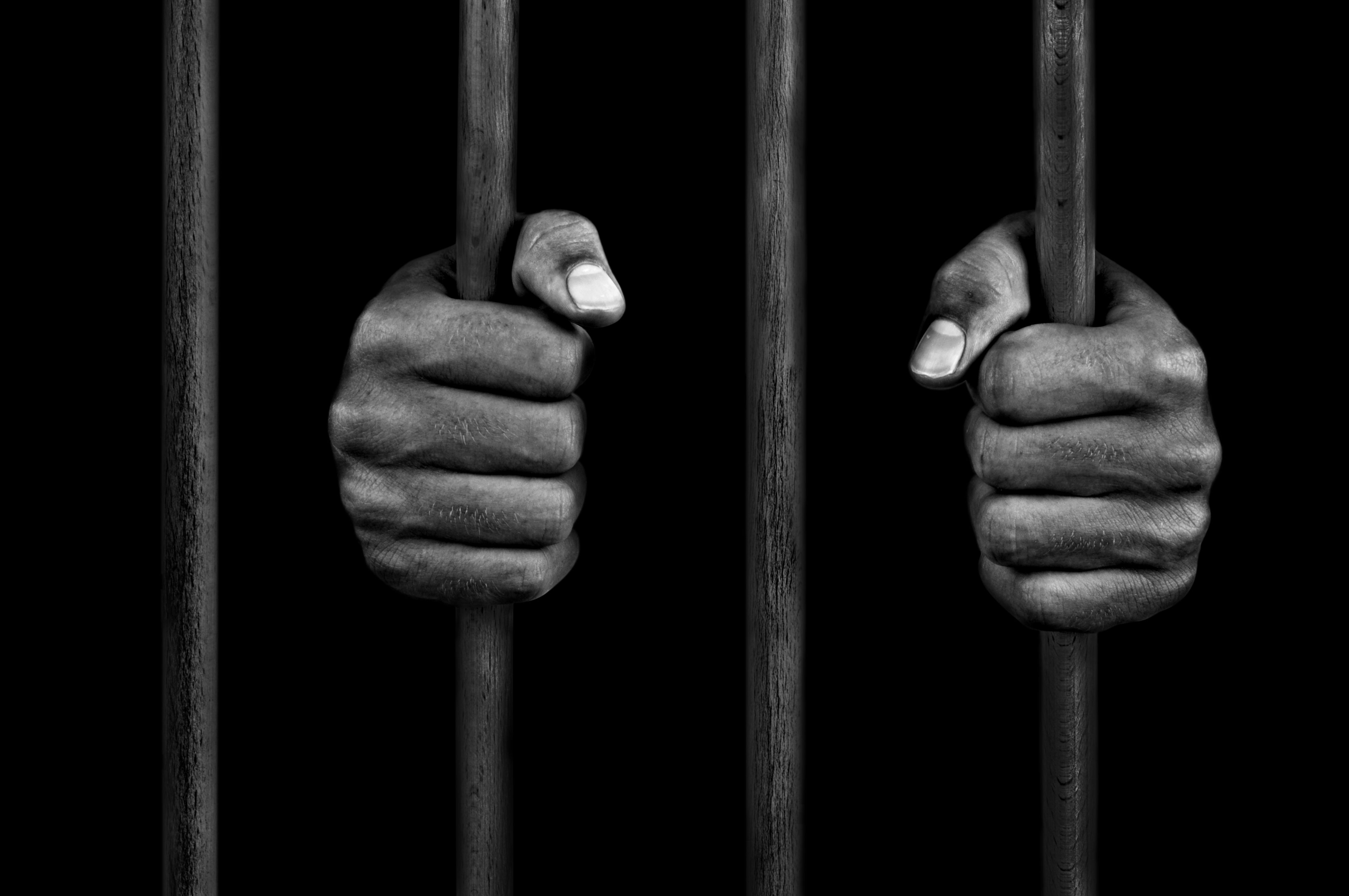
This article was published in partnership with The Marshall Project.
If the goal of reentry programming is to empower people returning from incarceration to make the most of their lives, then the system is failing women.
While so many wise women have warned against our relying solely on men, the correctional settings that I’ve visited appear either not to have those voices among their leadership, or not to have taken the message to heart. As a result, they make reentry harder for women who are not in relationships with men, or who desire relationships with women.
For nearly two years, I volunteered and conducted research at a privately-owned halfway house in Pennsylvania. It was a facility for women recently released from prison or who had violated the terms of their probation. As a behavioral health expert, my work with the residents focused on helping to identify their reintegration needs.
To that end, I worked alongside the program’s full-time executive director, a part-time admissions director and other staffers. I also operated as an embedded criminologist, observing and recording the experiences of the approximately 40 women who resided at the house at any given time. Their stays lasted anywhere from 30 days to 12 months. In that time, the women were tasked with rebuilding their lives, often from the ground up. The cornerstone of that effort was a mandatory Reentry Home Plan outlining each resident’s next steps—her plans for housing, employment, family reintegration, and sometimes drug treatment.
These women—many of them reconciling histories of substance misuse, violence, trauma, racism, sexism, and isolation—were working hard to rebuild their lives and draft plans that were sustainable and healthy. Sadly, I saw many penalized for pursuing lives post-incarceration that supervisors deemed “risky” simply because they did not fit gendered or heteronormative ideas of success. For queer women especially, it created challenges to reentry instead of eliminating them.
Heterosexual women seeking day passes to visit family and male romantic partners were usually granted, for example. Explicitly or ostensibly queer women at the house were not permitted to spend time “on the outside” with female associates with whom a potential sexual encounter was assumed.
One queer woman, Jodi, told me that her probation officer knew that the woman she wanted to visit was her partner, and she was subsequently not allowed to see her. The probation officer told her that visits needed to be restricted to family, and that “it wasn’t a good time for her to hang with friends.”
Jodi shared her disappointment with me that her probation officer apparently did not see the value in her reconnecting with her partner of several years. Simultaneously watching her heterosexual counterparts confront fewer visitation restrictions left her feeling shattered and cheated.
Queer residents were further vexed by the refusal of probation officers and halfway house supervisors to approve home plans that included same-sex female partnerships. Claire, who knew better than to disclose that she planned to live with the female partner that she had grown quite close to while incarcerated, was devastated when a fellow resident revealed their relationship to a halfway house staff member.
Claire later shared with me that she cycled into a depressive episode that lasted for weeks, after hearing the house monitor declare, “the time for y’all to be touchin’, ticklin’, and gigglin’ is over. Now is when you get serious about who you want to be.”
Indeed, none of the women I met at the halfway house could cite positive past relationships with men, yet all were encouraged to pursue reentry plans that involved men. In fact, residents shared that house staff and probation officers often encouraged plans that involved a male partner, whether or not he was economically secure, but discouraged plans that included a criminally uninvolved, economically secure female partner.
Residents came to believe that performing traditional gender norms would earn a more favorable assessment. They responded largely by faking their way through counseling sessions and assessments, ensuring that official case notes told the story that they imagined probation officers needed to believe.
Such an approach has absolutely nothing to do with successful reentry for formerly-incarcerated women and everything to do with forcing women to fit into a dated, heteronormative, middle-class ideal — one, ironically, that led many of the women into the criminal justice system through the actions and influences of male partners.
Residents navigating this all too common prisoner reentry context, leave unaffirmed and unprepared to chart life plans that support the new positive life trajectories to which they aspire. As such, the fallout for them and their communities is profound.
Queer women deserve better from our criminal justice system, especially reentry programs supposedly aimed at helping them self-actualize. I propose establishing reentry approaches that rely on the wisdoms of women coming out of these spaces, and ones that will address the needs of women as they are articulated by the women themselves.
Growing up, my mother and aunties drilled into my head that “a man is not a financial plan.” It’s a necessary reminder for any young girl growing up in a society that encourages women to be dependent on men, and is one that I wish was incorporated into (and meaningfully enabled by) our criminal legal system.
Erin M. Kerrison is an assistant professor in the School of Social Welfare at the University of California, Berkeley, and an incoming senior research fellow at the Center for Policing Equity. Her research and advocacy work highlights how criminal justice intervention shapes health outcomes for individuals and their communities.




